Table of Contents
Now you know, that radishes, like any other vegetables, really, do go bad. They can be spoiled even before you buy them, so be careful when picking your bunch.
Fresh radishes should have a clean, earthy smell and should be firm to the touch. Avoid those with wilted leaves or brown spots. If you’re not sure whether a radish is fresh or not, cut it in half. If it’s white or pale pink inside, it’s likely fresh. If it’s brown, black, or mushy inside, then it’s probably not so fresh anymore.
Fortunately, there are multiple signs to identify radishes that already started going bad. Identifying radishes that might be spoiled is easy with a little knowledge about their nature. Now let’s talk about why and how exactly they go bad. You see, their high moisture content causes them to degrade fast, and they don’t last very long in room temperature after being pulled out of the ground. However, storing them in right conditions actually helps. You might be able to preserve them for a longer time if you do it right.
What does a bad radish look like?
• Old radish leaves are easy to spot. Wilted leaves clearly indicates, that radish was out of the ground for some time already and started loosing water content. That is why some farmers choose to remove leaves and sell them with green tops cut off. That might be fine, because you can pack and transport more radishes without the unnecessary parts which most of us throw away anyway. So don’t rush to judge based on this factor alone.
• Wrinkly, spongy or squishy. This one is quite easy. As the water leaves the root, it will become softer when squeezed. You may even start seeing wrinkled skin (especially noticeable with red radish) surface of your radish. This could happen quite fast in summer time and hotter climate, so it could be still good to eat, just not as superb as it should be.
• Discoloration of skin or inner flesh. As with many vegetables, the color of a radish’s flesh can vary depending on the variety. Some varieties have white or pale pink flesh, while others have dark red or purple flesh. The color of a radish’s skin can also range from white to black, and everything in between. The most common variety in North America is the red radish, which has a red skin and white flesh. However, you can also find yellow, green, and purple-skinned varieties if you look around enough. However, it is not expected for the inside flesh to have brownish or gray tint or spots when you cut it. Here are few more examples of radishes gone bad inside:
It’s clear to see that you wouldn’t want any of those old radishes served as a meal.
• Presence of fruit flies. If you can see fruit flies around your radishes, it might be a sign that they’re starting to go bad. For example, the common fruit fly (Drosophila melanogaster) feeds mainly on decaying fruit and other organic matter. This is because the rotting process produces ethylene gas, which fruits flies are naturally drawn to. So if you see a lot of fruit flies around your vegetables, it’s likely that they’re rotting and you should avoid eating them. Look for any signs of mold or decay, and if you see any, then it’s best to throw the radishes away.
• Dark blemishes. Black spots on radish surface are most likely not safe to eat. In fact, they may be a sign of mold. If you see black spots on your radishes, do not eat them! Even if you peel or cut the dark parts, the mold grows inside the food and what you see on the surface is only the reproductive parts. When you eat it, you’re also eating the invisible mold that spreads to much wider area inside. These structures are designed to penetrate and break down organic matter, and as such, they can release harmful toxins into whatever they are growing on. Eating food that has been contaminated with these toxins can lead to serious digestive problems. If you suspect that your food may be contaminated it’s best to discard it and find a safe alternative to eat.
• Growing mold. If you store radishes in a poor conditions, they will grow a visible mold. That is the first sign that your radishes are not getting enough air. The mold can be seen as a greenish-blue, felt material. If this happens, you should throw them away, because they are spoiled already.
• Redolent smell. The human sense of smell is incredibly sensitive and can detect tiny amounts of certain molecules in the air. This is important for survival, as it allows us to detect food that is rotten or poisonous. Rotten food has a specific smell that humans have evolved to recognize as a warning sign to keep away. This smell is caused by bacteria that are growing on the food and releasing gases like hydrogen sulphide. If your radishes are starting to smell funny, it’s probably time to toss them away.
As you see, there are plenty of signs to tell that your radishes are no longer in consumable condition, but there are also a few things to do, in order to prolong their shelf life.
How to store radishes to last longer?
Ambient temperature plays a big role in how long your bunch of radishes might last. High temperatures ruin these vegetables quickly. If you want to extend their shelf life, consider where you’re keeping them. When it comes to radishes, the colder, the better. In fact, you can even freeze radishes. First, wash the radishes and slice them thinly. Next, spread them out on a baking sheet lined with parchment paper and place them in the freezer. Once they are frozen solid, transfer the radishes to a freezer-safe container or bag. When you’re ready to use them, simply thaw the radishes and include them in your recipe. Radishes can add a nice crunch to stir-fries, so give it a try!
However, freezing might not be a best idea to preserve radishes. You see, vegetables usually don’t come out as crunchy as you expect after thawing. Same goes with radishes, when you freeze them, the cold temperatures cause the water inside the cells to freeze. This can rupture the cell walls, which can damage the vegetable’s taste and texture.
Keeping your radishes in the sandbox might actually give you best flavor and preservation time compromise. You may expect them to stay fresh for up 3 months! If you’re not as dedicated, storing in the fridge is your best option. Just make sure to keep them dry, or even wrap them in some paper towel to absorb the extra moisture. This will keep them fresh for up to a week.

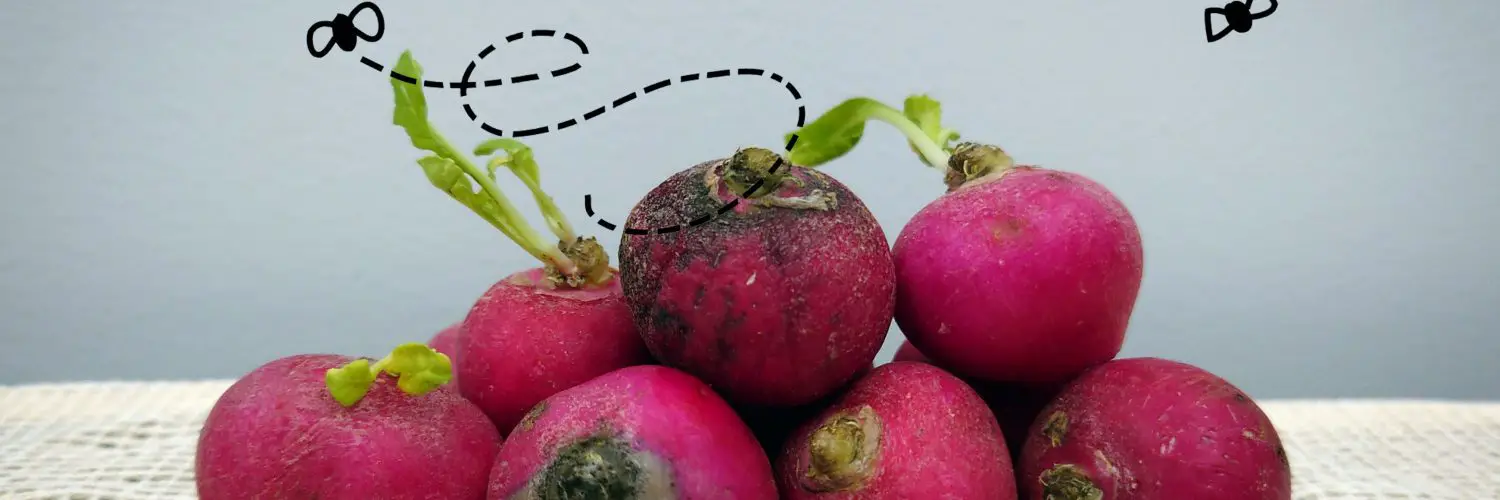
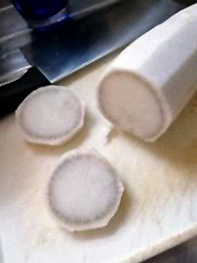

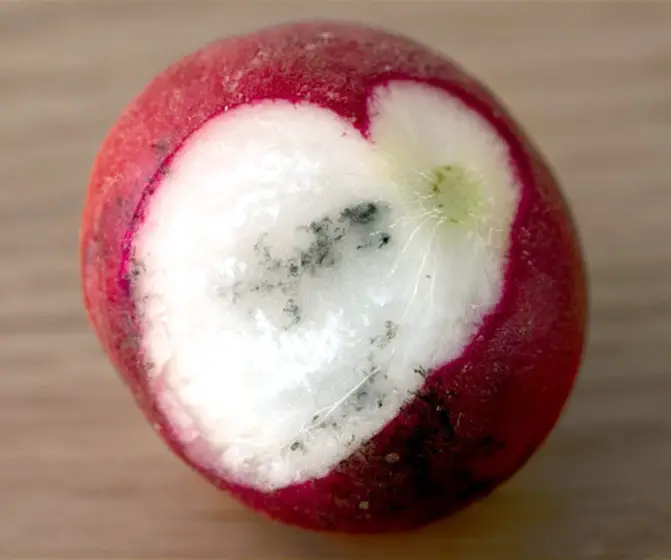
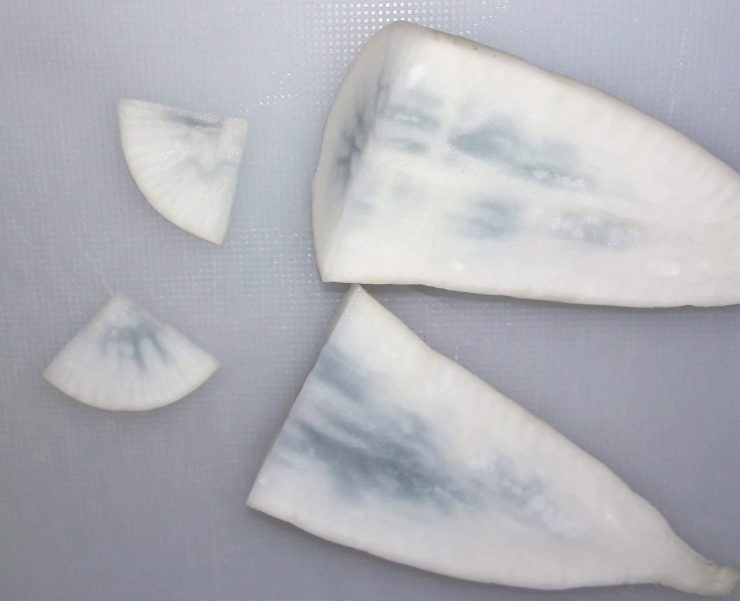












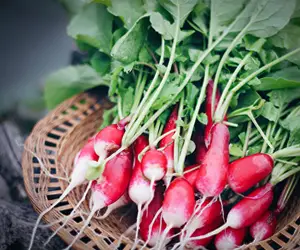

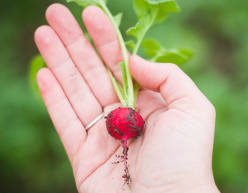







Add comment